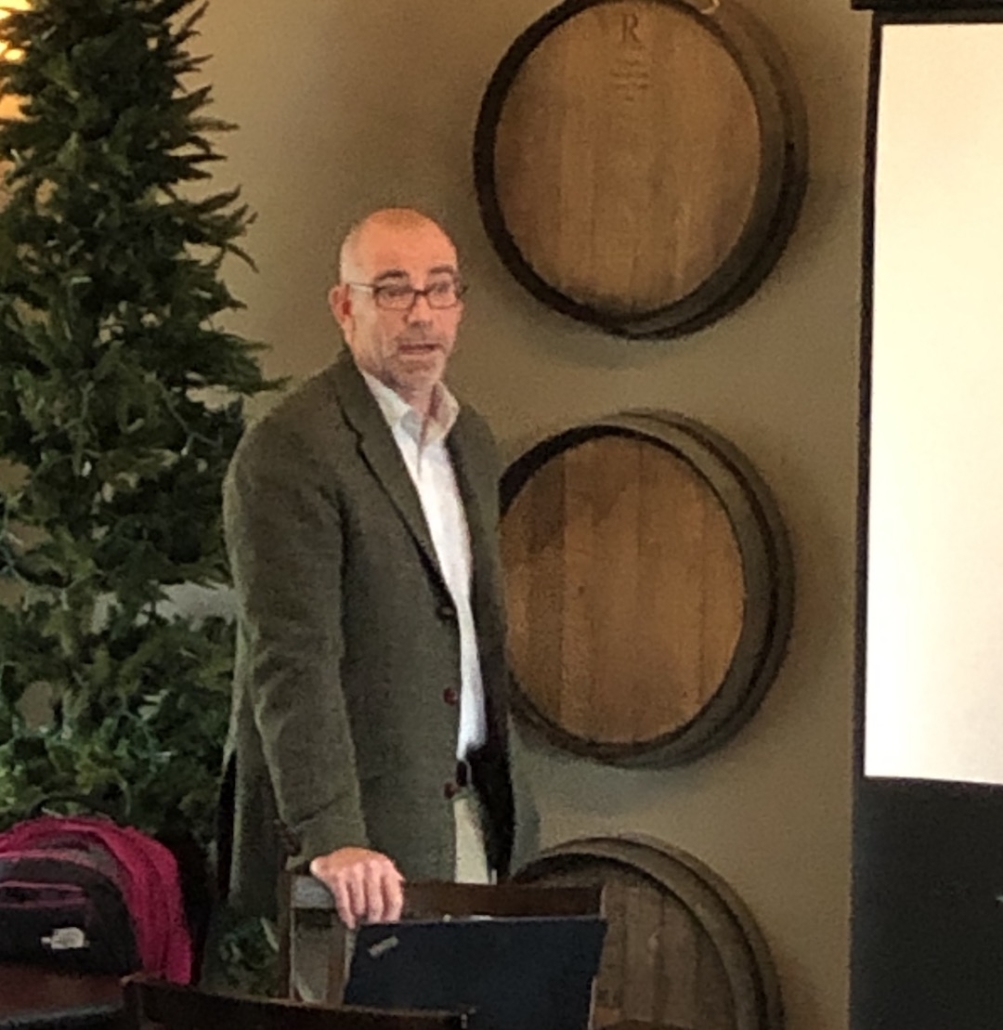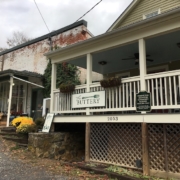By J.C. Moore
There is nothing like a debilitating injury to kick in a reflective mood. ‘Flying branch meets knee’ has had me on the meditation bench for over a week. The crisis is over, and now it’s the droll work of healing and what it takes to do that. The usual heat and ice, a little ibuprofen, moderate movement—all help. The good side is that pulling out all the stops for full-on healing brought me closer to things that matter most, and often get taken for granted. Amazing how many of the usual distractions and priorities are just not so important. The good things come to light, the real antidepressants: relax, breathe, check the attitude and where the
energies go.
Be aware of the ones you’re feeding. There has been a lot of pain, but how it’s dealt with is a choice. There is plenty to feel good about; choose to focus on the progress rather than what was lost, relieved it wasn’t worse. Extra time at home is always nice, maybe now I’ll get that house cleaning done (maybe).
I’m reminded of the things of everyday life we should not forget. Most obvious are the loved ones that get you through these things. They can even be people you didn’t know you knew. How reassuring it is just knowing they’re around, and magically how they appear when you need them.
And also the less obvious things you love, that inspire and touch your soul, bring you uplifting energy. For me it’s music and Tai Chi. Both for the joy of learning and ‘grounding’, reconnection to the original creative energies, also those ‘forever’ projects. You know those great ideas that may take forever—junk sculptures, great homemade wine, the masterpiece you want to paint. But that’s alright. It’s the joy of doing them, and not necessarily the result, but the good space they create. That’s the inner space.
But without the outer space of community to ground it, there would be little comprehensive meaning. I never stop marveling at this beautiful environment we live in. After all the years and changes, I still find this place breathtaking when I stop and take the time to notice. I take comfort just being in town, the farmers market where families (Fido included) come to partake of the wonderful provisions of local farmers and craft persons, the coffee shop experience for lovers of socializing and caffeine, eateries etc.
It’s hard to not gush with pride when speaking with those who come to the Barns for the first time. “This community is amazing!” I tell them. It’s very active, diverse, and has a lot to be proud of. We are capable of so many things. If more localities could have what we do, humanity would be profoundly better off. This grounding is our foundation.
What makes it possible? Where do we get the freedom and peace of mind to do all of this? Much of it is about those who are always there, 24/7, dependably, no matter what. The “first responders,” those quietly working behind the scenes, ready for anything. If community was a school of fish, they’d be the water.
I’ve started volunteering at the local Policeman’s Appreciation Awards Banquet for the last several years, and have gotten a better perspective of what these people actually do and who they are. Some I’ve known for decades, but most are new to me. Now, I’m not exactly “Mr. Law & Order,” but if these members of our community can be out there every day of the year, at least I can carry things around and set up some chairs once a year to show that I do appreciate them.
Like the natural environment, we have great resources in those dedicated to protecting us. I want everyone to realize how good we have it. It’s easy for “news” of the world to give us distorted perceptions. With media’s obsession to sensationalize the news, there’s a tendency to internalize negative things around us. But let’s remember where we are. Here, our sheriff is elected by us with much deserved popularity and respect. We often get good “face time” with our deputies and officers in casual settings. Even though it may be fleeting or go unnoticed, don’t underestimate the importance of this recognition.
We can all benefit by making more intentional contact, like complementing a friend just to make their day better. It doesn’t cost anything, but gives so much return!
The awards banquet brought to awareness that these people are not all about the dramas of sensational “cop stories,” though sometimes it does get like that. They risk their lives everyday. But the care-taker aspect of how proactive they are in preventing problems in the first place is understated, like the creative genius that enables them to de-escalate domestic violence and handle a serious drug overdose, restore functionality to a traffic accident, education programs for the public—it never seems to stop.
The awards for administrative improvements and things that just make them better coordinated and functional demonstrate how these agencies are constantly improving themselves. The different enforcement agencies in the area, including Clarke County, Fredrick County, Berryville and Mount Weather, had previously not been communicating much before these gatherings. Now they are more familiar with each other and their operational procedures. It’s reassuring to know that in the event of a catastrophe, the local agencies are prepared for a
unified response.
But what I like most about the ceremony is that it is homegrown. Social and formal, it’s attended by many of the local and state politicians. Like many things in the community, someone saw a need, got others on board, and it grew. It was spawned out of the Horseshoe Curve Benevolent Association under the dedicated ministry of Jim Wink, who deserves special recognition for his tireless efforts.
Don’t wait until you’re knocked down to say “thanks” to those who are there for you.









